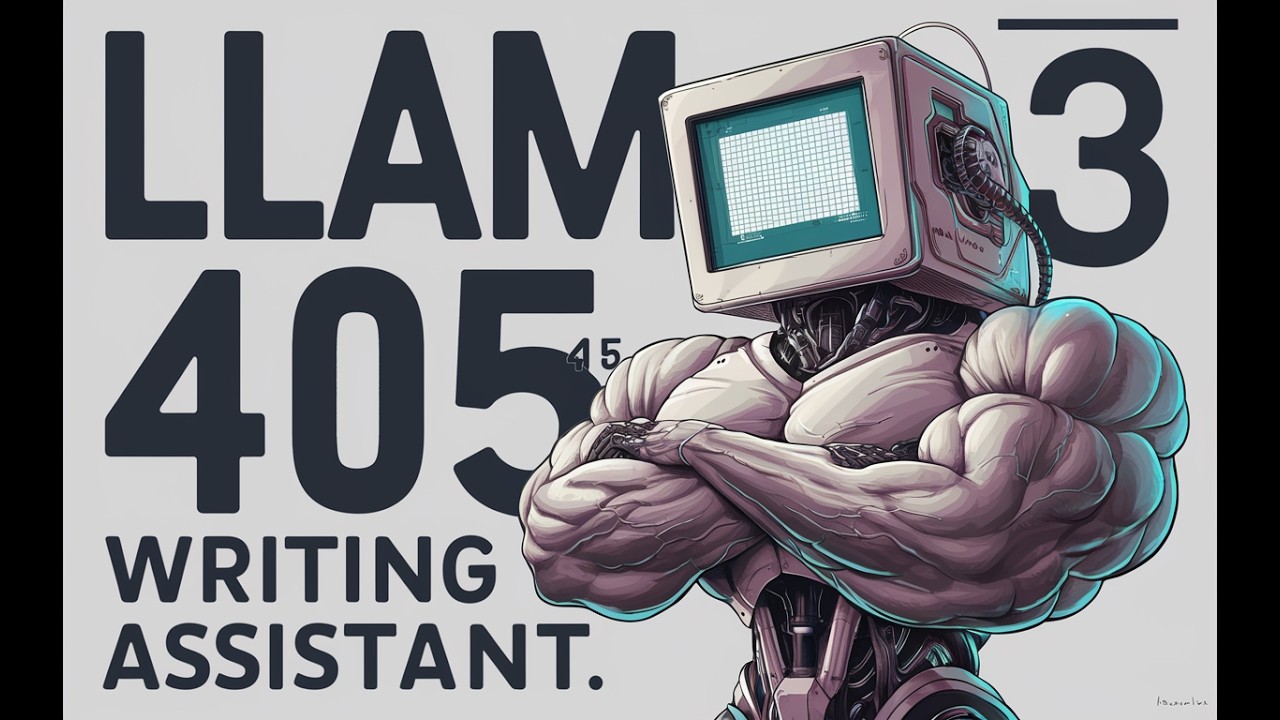The video demonstrates how to create a writing assistant using the Llama 3 model (4.5 billion parameters) that processes a text file, converting its content into structured output or well-written articles, with a focus on real-time updates triggered by specific markers in the text. The creator showcases coding techniques, addresses initial coherence issues by switching to a more advanced model, and emphasizes the importance of clear instructions for optimal AI performance.
In the video, the creator demonstrates how to build a writing assistant using the newly released Llama 3 model, specifically the 4.5 billion parameter version. The assistant is designed to read and process the content of a text file named “text.txt,” converting it into either structured output or a well-written article for human readers. The video begins with a brief explanation of the necessary setup, including the installation of the Grok library and the creation of a Python script to facilitate the writing assistant’s functionality.
The script starts by prompting the user to choose between structured output and article output. The creator suggests using a trigger mechanism that activates the writing process whenever changes are made to “text.txt,” specifically looking for the presence of triple hashtags (###) to signal that the content should be processed. This approach allows for dynamic updates, ensuring that the writing assistant responds to real-time changes in the text file.
As the creator goes through the coding process, they demonstrate how to implement functions to read from the text file and manage output in various formats, such as JSON or plain text. The video emphasizes the importance of continuously checking for changes in the text file, suggesting intervals of half a second for efficiency. This method enables the assistant to generate outputs based on the latest content provided by the user, ensuring that the generated articles are current and relevant.
Throughout the demonstration, the creator tests the functionality of the writing assistant by inputting sample text and observing the generated output. They encounter some issues with coherence in the initial outputs, which they attribute to using an earlier model of Llama. To address this, they switch to the more robust 4.5 billion parameter model, which significantly improves the quality and coherence of the generated articles. The creator also notes the need to refine the instructions given to the model to enhance its performance further.
In conclusion, the video showcases the building of a versatile writing assistant powered by the Llama 3 model. By implementing a trigger mechanism and refining the model’s instructions, the creator aims to create a tool that can effectively convert raw text into structured and coherent articles. The demonstration highlights both the potential and challenges of using AI for writing assistance, showcasing the importance of model selection and instruction clarity for optimal results.
